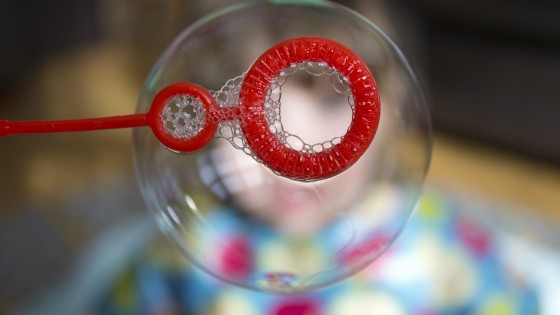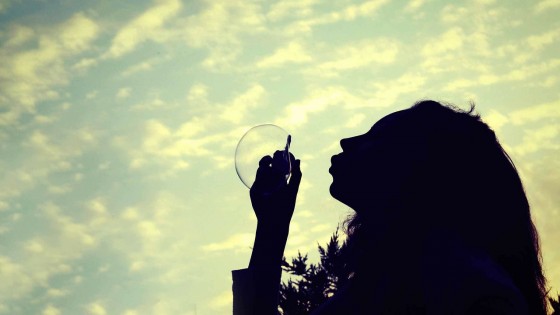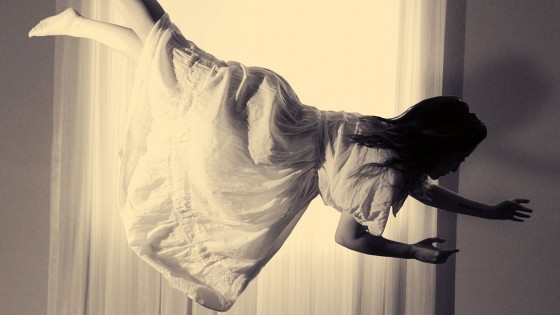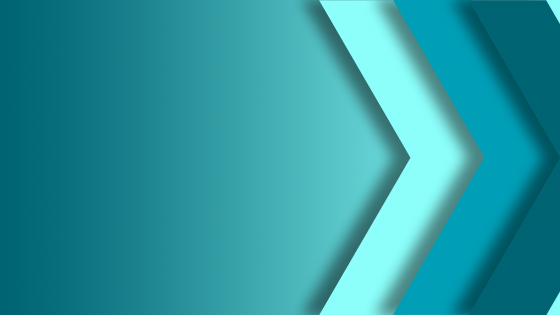According to Pablo Picasso, “Every child is an artist. The problem is how to remain an artist once we grow up.” Even though we work in a creative industry, many of us are faced with this same issue, but the solution could live in our childhoods as well. When we were young, most of us spent a great deal of time making our own fun by engaging in unstructured imaginative play, and it turns out that all those hours on the playground might have been developing our brains as much as our time in the classroom. But as we’ve grown older, most adults are faced with a constant barrage of meetings, deadlines and the monotony of the day-to-day, which often gets in the way of us feeling like true creative beings and competes for any leftover time we might have to engage in playful activities.
Studies have shown that even under-stimulated adults can suffer from play deficiency, the same way we suffer from sleep deficiency if we don’t get our required allotment of hours every night. In fact, those grownups who do engage in consistent play have been proven to be more productive at work. According to Brian Sutton-Smith, the developmental psychologist who devoted his life’s work to studying the importance of play in both adults and children said, “The opposite of play is not work, it is depression.” Play isn’t just an activity; it is a powerful mindstate and a skill that requires commitment and challenges us to stay creative yet focused and must live in everything we do.
But what is play? According to Dr. Stuart Brown, founder of nonprofit the National Institute for Play, “Play is something done for its own sake. It’s voluntary, it’s pleasurable, it offers a sense of engagement, it takes you out of time. And the act itself is more important than the outcome.”
So, it could be a game of office foosball or trivia night, keeping playdough or some other fun, stimulating activity at your desk or even just engaging in work that feels playful. At Oishii, we’ve been lucky to have worked on several projects for children’s brands, from our rebrand of The Hub to our recent award-winning work for Sprout, which have kept us on our toes creatively and reminded us about the wonder a child’s imagination and an afternoon of unfettered playtime can hold. Those projects had budgets and deadlines and meetings, but we were able to find a sense of fun in each of them, and tap back into our younger years of unstructured play.
In the process, we’ve been able to strengthen ourselves as creatives, build better relationships with our coworkers and even relieve stress. And by engaging in our own versions of play, we can keep our minds and hearts open to new creative ideas. After all, you never know when that sense of kid-like wonder will spark your next great idea.









